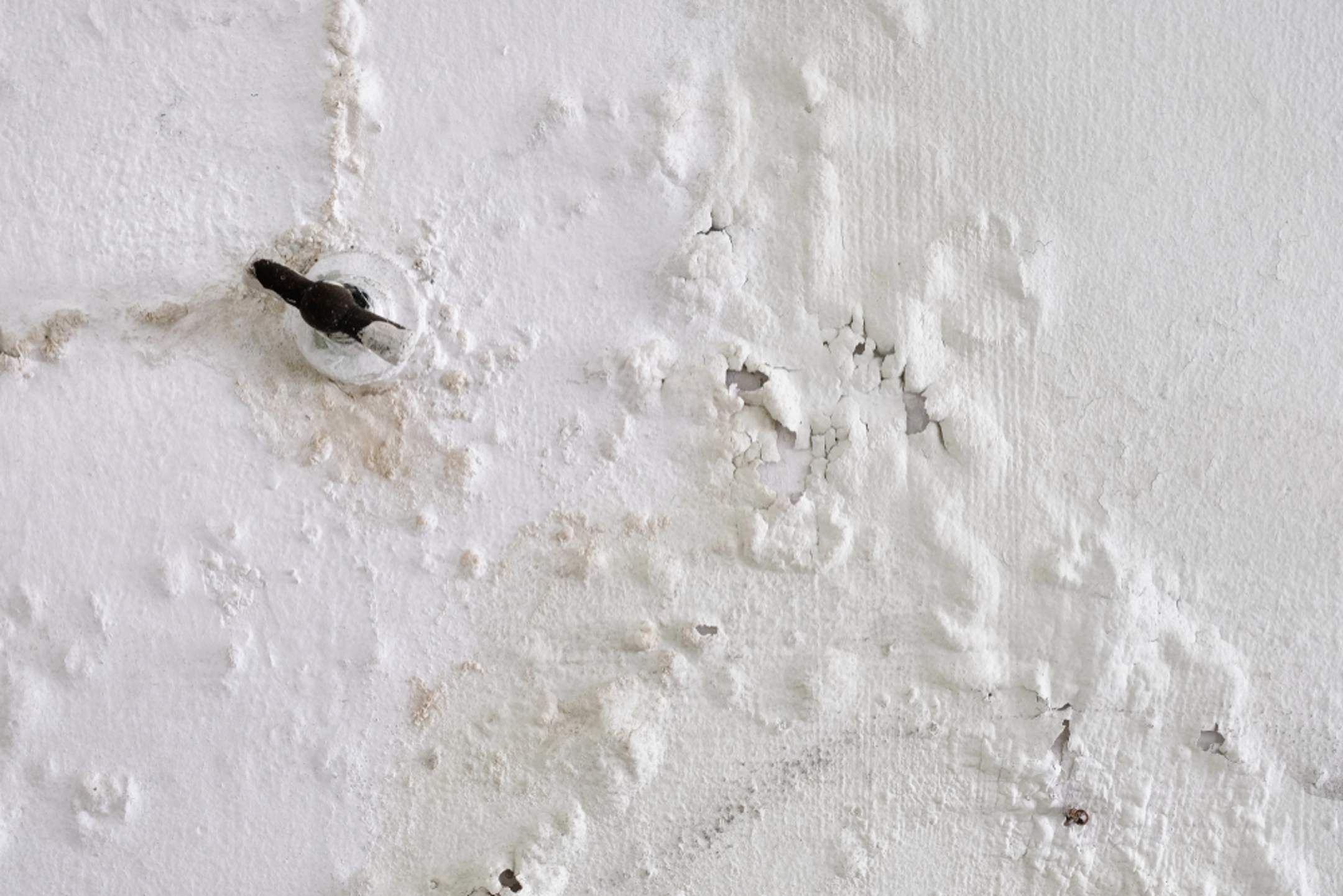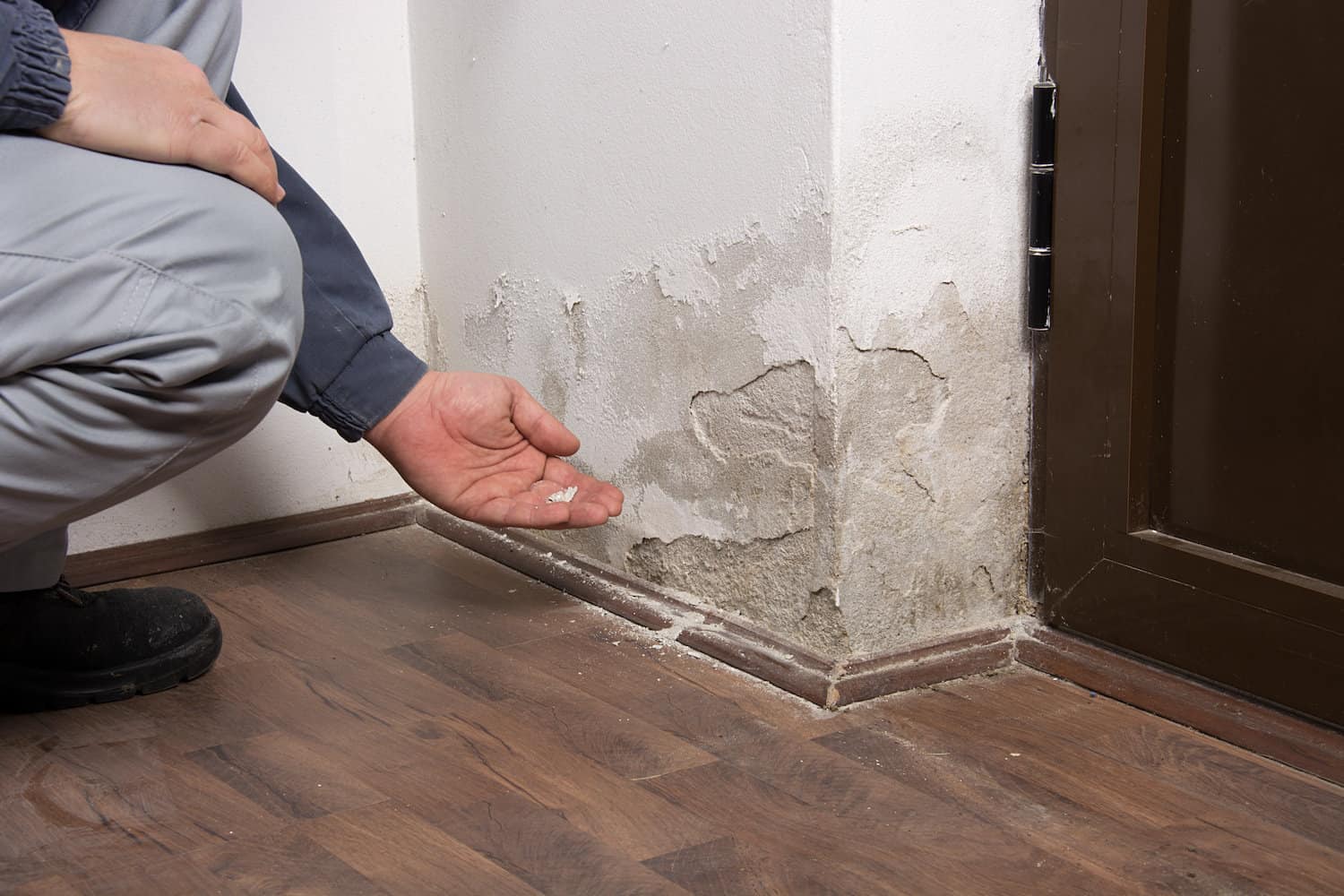The Refine of Water Damages Cleanup: Guaranteeing Your Home Is Recovered Successfully
Water damages can be a difficult obstacle for homeowners, demanding a meticulous and structured clean-up process to bring back security and functionality. damage restoration services. Following this, reliable water extraction strategies play a pivotal function in mitigating further harm.
Evaluating the Damages
Upon finding water damage, the very first step is to completely analyze the degree of the influence. This preliminary analysis is essential, as it aids establish the needed actions for reliable cleaning and repair. Begin by examining the impacted locations, consisting of walls, ceilings, floors, and individual belongings, to determine the source of the water intrusion, whether from flooding, leakages, or condensation.
Documenting the damages is vital for both insurance claims and preparing restoration efforts - damage restoration services. Use photos and written notes to capture the intensity of the damage, noting any kind of afflicted structural elements and materials. Pay special interest to locations that might not be quickly visible, such as behind walls and under carpets, as hidden dampness can lead to further problems, consisting of mold and mildew development
Additionally, analyze the timeline of the water exposure. The longer the materials stay wet, the better the capacity for damage. Recognizing the duration of direct exposure will notify the necessity of removal efforts. Ultimately, a thorough evaluation lays the groundwork for a successful water damage clean-up procedure, making sure that all influenced locations are addressed successfully and extensively.
Water Extraction Methods

Experts generally employ completely submersible pumps for bigger quantities of water, which can quickly alleviate flooding in cellars or various other impacted areas. For smaller sized quantities, wet/dry vacuums are frequently used to remove residual moisture from carpetings and tough surfaces. In addition, making use of mobile extractors permits targeted removal in confined rooms or locations with delicate products.
In instances of polluted water, such as sewer or floodwater, progressed extraction methods might involve making use of biohazard devices to ensure safety and compliance with health guidelines. High-powered extraction devices are critical in decreasing water retention in structural products, which can result in mold development and structural damage otherwise dealt with quickly.
Inevitably, the effectiveness of water extraction techniques plays a crucial duty in the general success of the water damage clean-up procedure, laying the foundation for succeeding reconstruction efforts.
Drying and Dehumidification
As soon as standing water has been efficiently extracted, the following vital stage in the water damage clean-up process is drying out and dehumidification. This action is vital to avoid further damages and mold and mildew growth, which can take place within 24 to 2 days in damp environments.
To achieve effective drying, specific devices such as industrial-grade air movers and dehumidifiers is employed. Air movers flow air across wet surfaces, enhancing evaporation rates, while dehumidifiers minimize moisture degrees airborne, promoting a helpful environment for drying. The mix of these tools guarantees that wetness is extracted from home furnishings, wall surfaces, and floors, permitting them to dry completely.
It is necessary to monitor the drying out procedure carefully. Experts frequently utilize dampness meters to assess the dampness material in numerous products, ensuring that all affected areas reach appropriate dry skin levels. This precise approach helps to avoid covert wetness pockets that might lead to structural damage or harmful mold development.

Cleaning and Sanitizing
After the drying and dehumidification stage is total, the following essential action in water damages cleanup is cleaning and sterilizing the influenced locations. This procedure is vital to avoid the look at this website development of mold and mildew, microorganisms, and other microorganisms that thrive in wet environments.
The cleaning stage typically entails eliminating any kind of particles, dust, and pollutants from surface areas making use of specialized cleaning up agents. For hard surfaces, a mix of soap and water or industrial cleansing items is often used. Soft products, such as furniture and carpets, may call for much more substantial cleaning techniques, including steam cleaning or deep removal strategies, to guarantee comprehensive cleanliness.

Disinfecting follows cleaning, making use of EPA-approved disinfectants to remove dangerous microorganisms. This action is necessary, especially in areas that may have entered call with floodwaters or sewage, as these sources can position severe health and wellness risks.
In addition, it is very important to resolve any kind of staying smells, which might require the use of smell neutralizers or advanced strategies like ozone therapy. Appropriate cleansing page and sanitizing not only bring back the security and health of your home yet additionally lay the groundwork for effective reconstruction and fixings in subsequent phases of the water damage cleaning process.
Reconstruction and Repairs

As soon as the evaluation is total, reconstruction efforts can start. This normally includes fixing or changing broken products, making certain that all job complies with neighborhood building codes and criteria. As an example, if drywall has actually been compromised, it will require to be gotten rid of and replaced with new material. In addition, flooring may call for similar focus, depending on the degree of water direct exposure.
It is important to involve seasoned reconstruction professionals during this process, as they possess the expertise to handle complicated fixings efficiently. They can help alleviate prospective future concerns, such as mold is water damage covered by home insurance development or structural instability, therefore making certain a habitable and risk-free living environment. Ultimately, reliable remediation and repair services recover the home's stability and improve its overall worth.
Conclusion
To conclude, the process of water damages cleanup is important for recovering a home to its pre-damage problem. Each phase, from evaluating the damage to executing effective water extraction techniques, complied with by comprehensive drying out, sterilizing, and needed repairs, plays an important role in making sure safety and security and conformity with building standards. Reliable execution of these steps not just alleviates prompt damage however additionally boosts the lasting integrity and worth of the residential property.
Water damage can be a daunting difficulty for home owners, demanding a precise and structured clean-up procedure to restore security and performance. Eventually, a thorough evaluation lays the groundwork for a successful water damages cleanup procedure, making certain that all affected locations are resolved successfully and thoroughly.
Reliable water extraction methods are important in alleviating damages and protecting against more difficulties complying with a water breach event.In final thought, the procedure of water damages clean-up is critical for recovering a home to its pre-damage problem. Each phase, from examining the damages to carrying out efficient water removal strategies, followed by detailed drying, disinfecting, and needed repair services, plays a necessary role in guaranteeing safety and conformity with structure requirements.